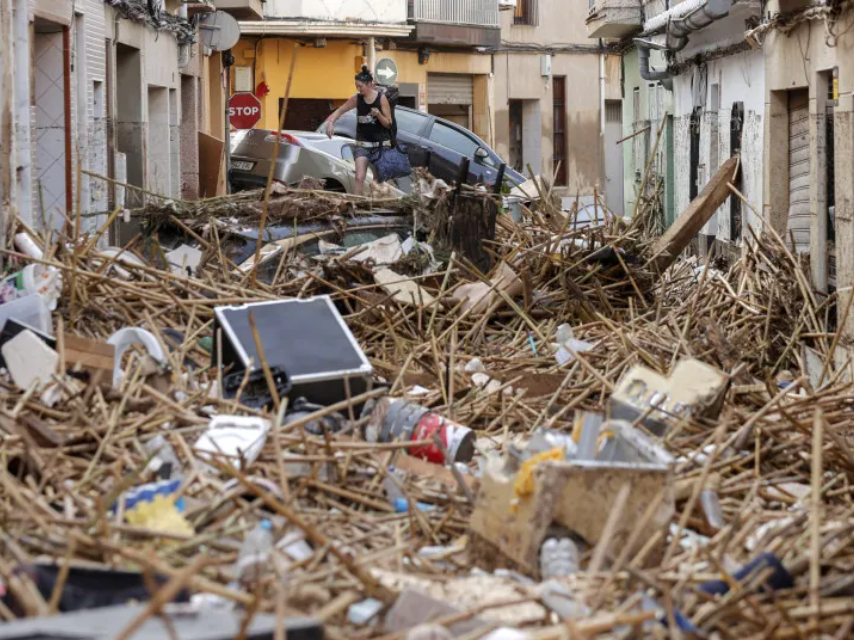At the beginning of April, the regional government of the Comunidad Valenciana released a “diagnostic report” on the floods in which it revealed that 337 municipalities, covering an area of 14,760 square kilometres, were affected by the floods and that 103 (5,646 square kilometres) remain in a “state of emergency”, all of them in the province of Valencia, on the outskirts of the region’s capital city.
According to the document, the floods affected more than 306,000 people, with 117,000 receiving medical attention in the days following the disaster and 37,000 being rescued by teams from places flooded or isolated by the waters. There are 224 officially confirmed dead and three missing in the Valencian Community.
The authorities emphasise the impact of the disaster on groups such as the elderly and immigrants, highlighting two figures: 100,000 of the 306,000 people affected were elderly and 60,000 were migrants.
The floods caused damage to 11,242 homes totalling 475 million euros. Nearly 1,500 homes have been declared “uninhabitable” and 6,000 lifts are still “out of order”, preventing the elderly and other people with mobility problems from leaving their homes six months after the floods.
The situation of the lifts is highlighted in the document, as the total repair (estimated at 160 million euros) could still take nine months, since there is a lack of skilled labour to deal with so many requests.
Another highlight of the document is the 141,000 cars that were damaged, 120,000 of which were irreparably damaged.
The disaster is estimated to have an impact of between 0.1 and 0.6 percentage points on Spain’s Gross Domestic Product, according to the same report, which cites various studies.
















